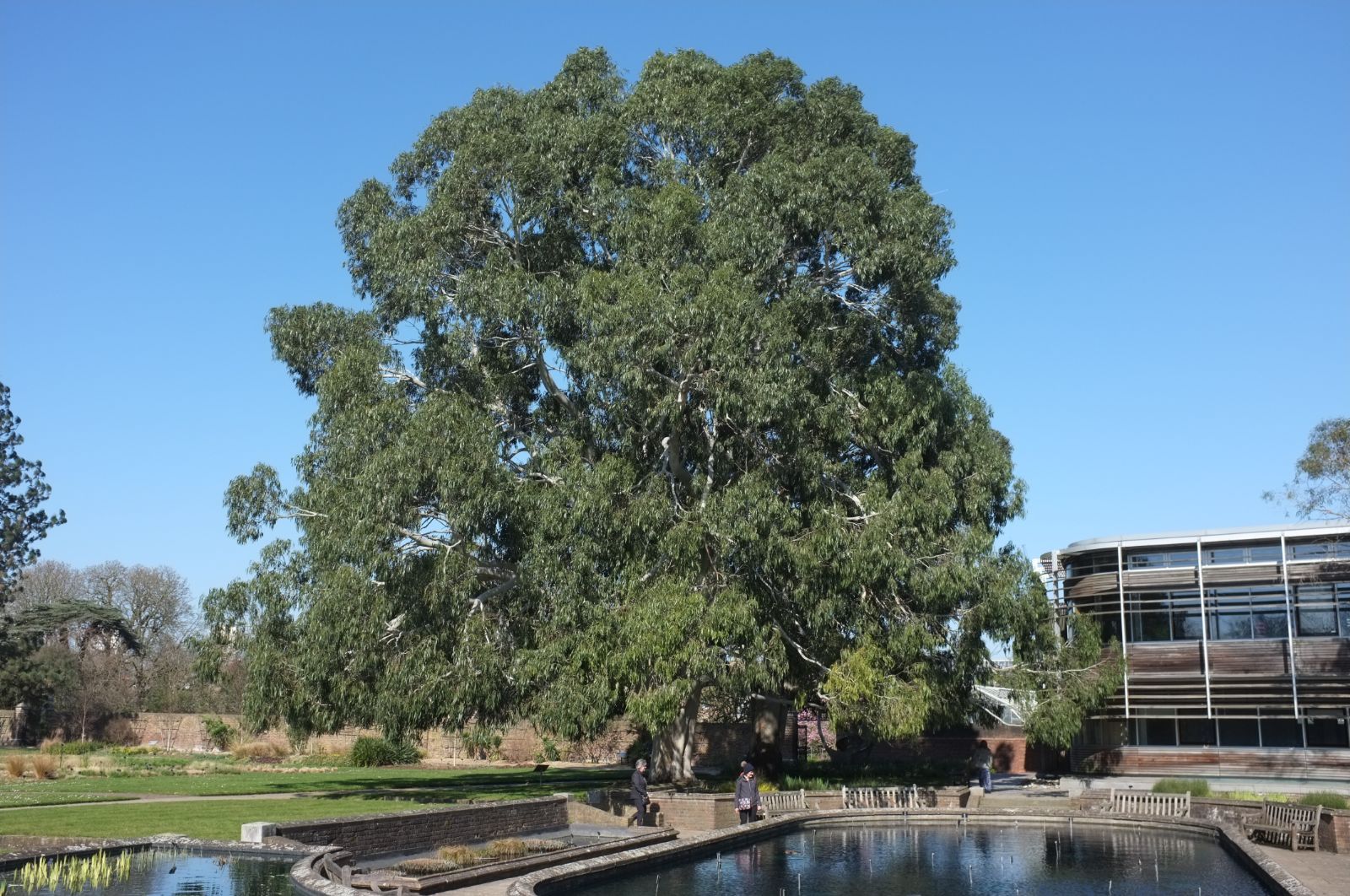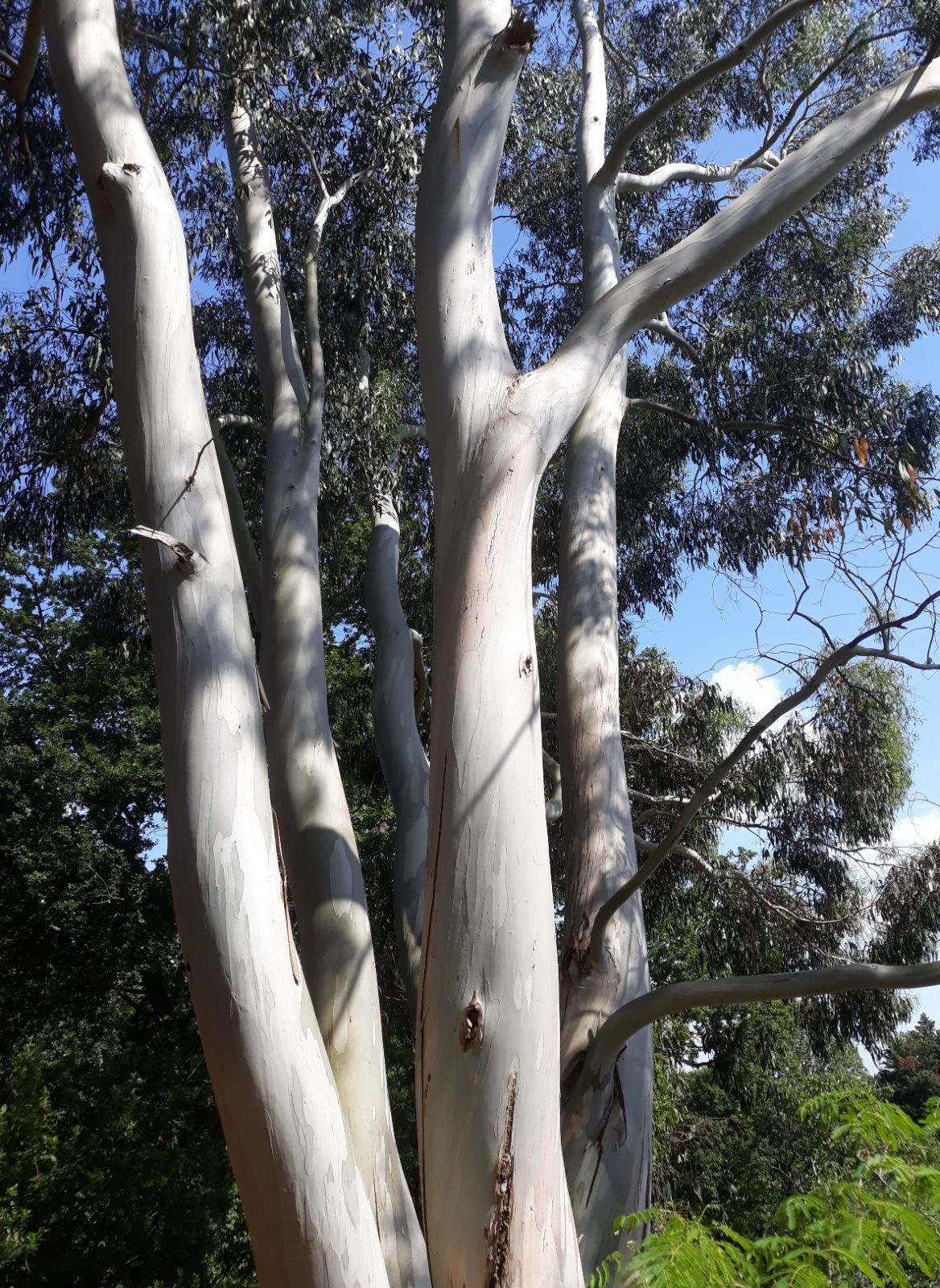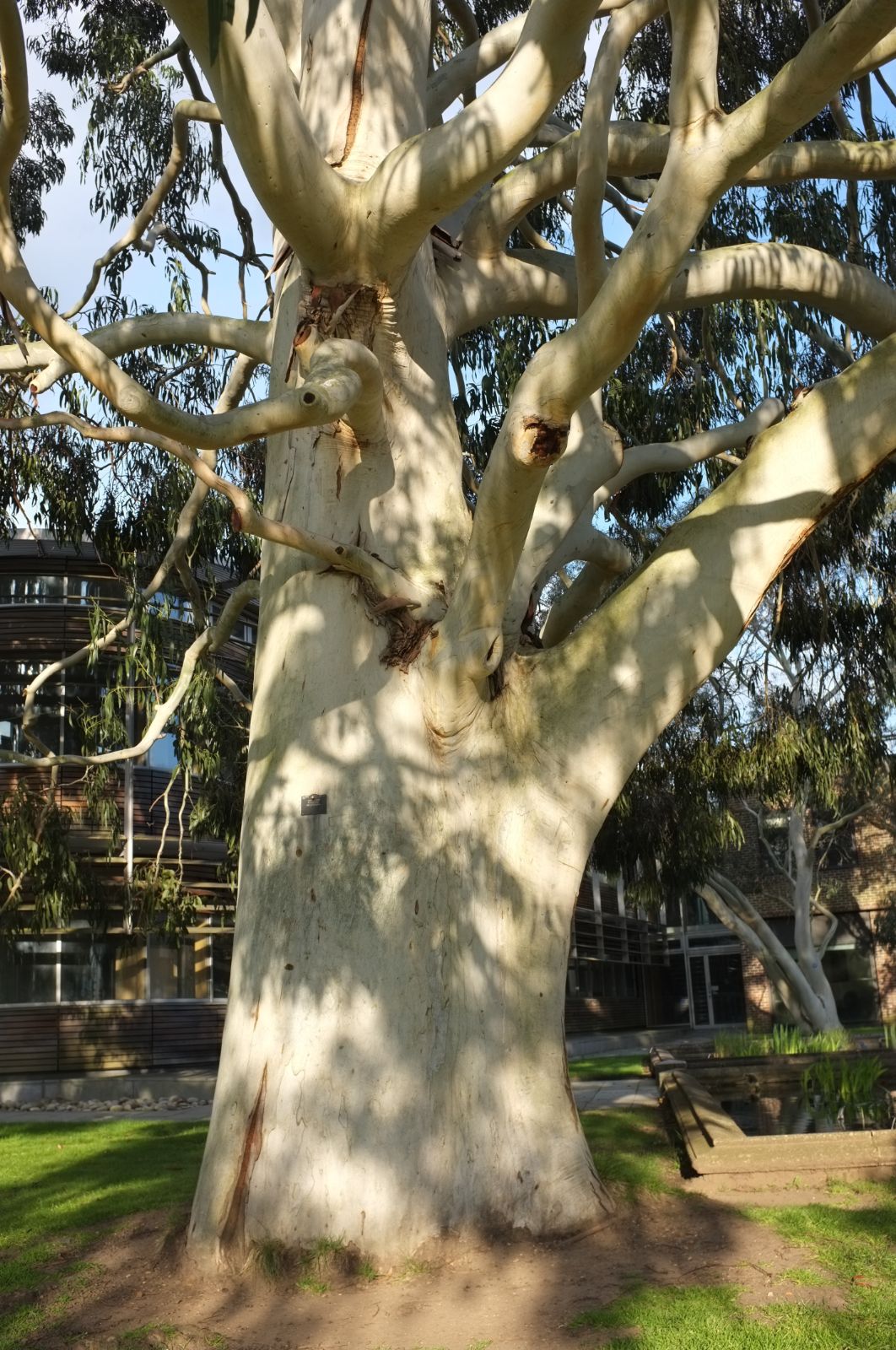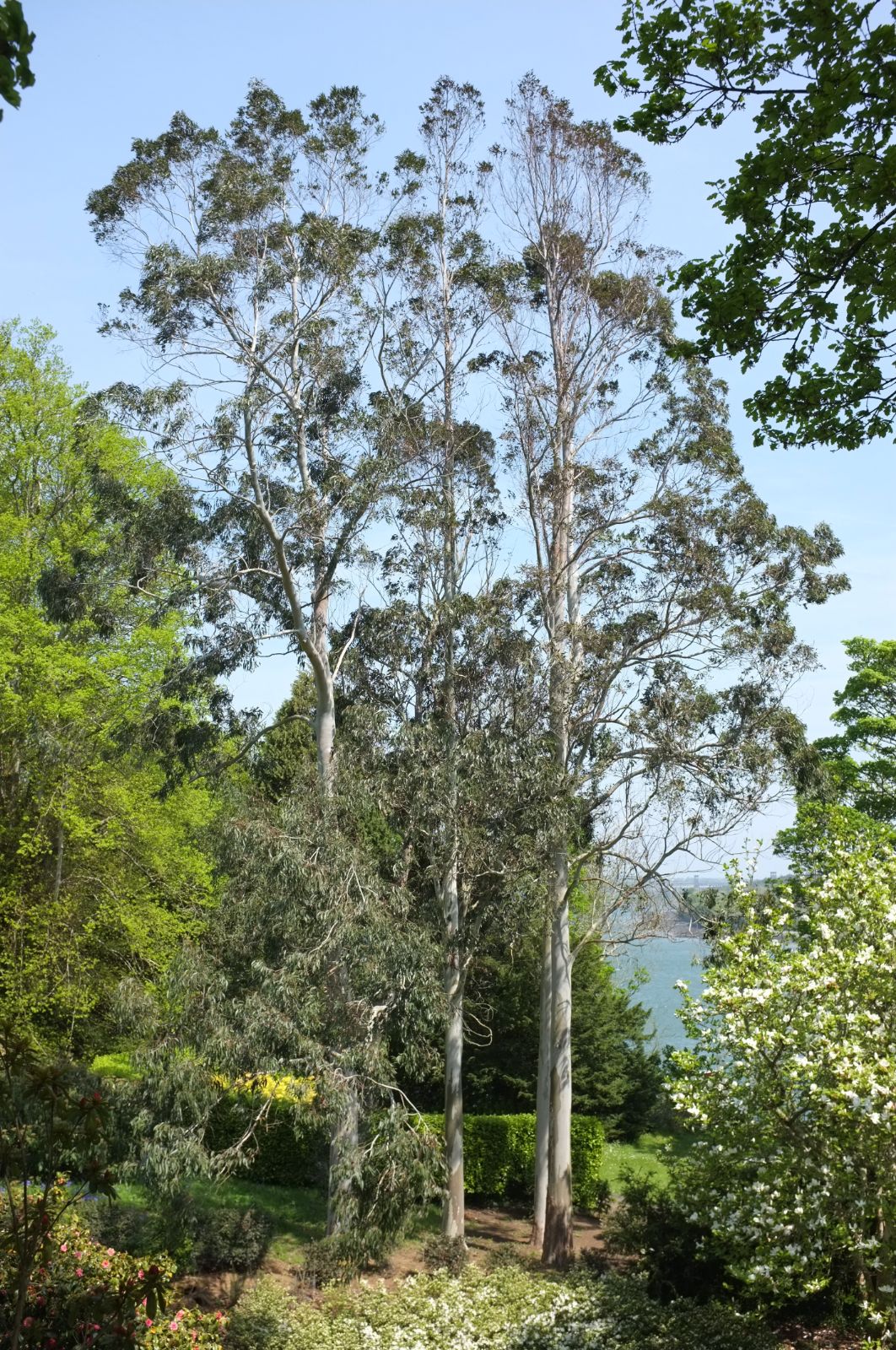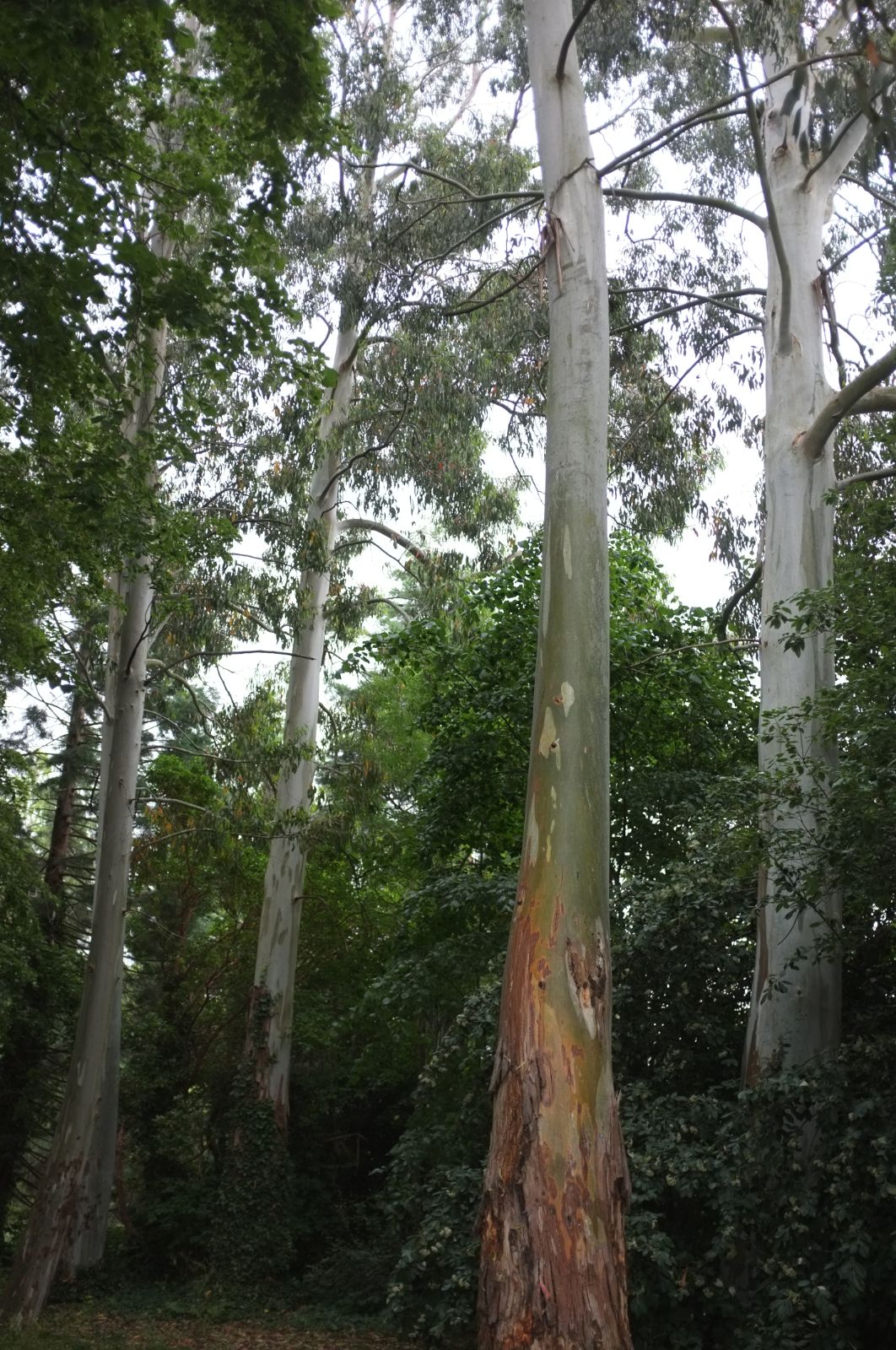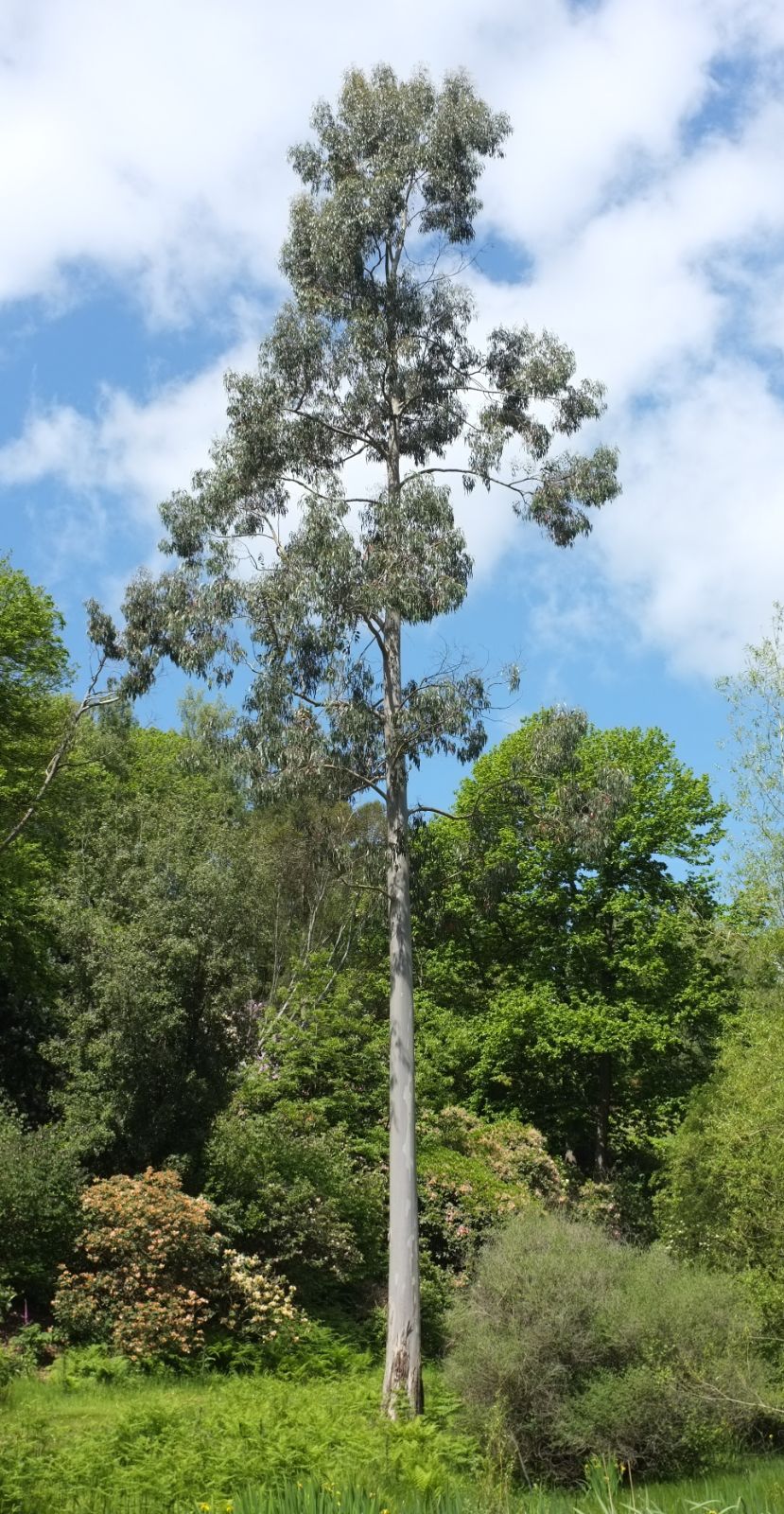Eucalyptus dalrympleana
Credits
Article from Bean's Trees and Shrubs Hardy in the British Isles
Recommended citation
'Eucalyptus dalrympleana' from the website Trees and Shrubs Online (treesandshrubsonline.
Genus
Common Names
- Broad-leaved Kindling Bark
Other taxa in genus
- Eucalyptus acaciiformis
- Eucalyptus albida
- Eucalyptus amygdalina
- Eucalyptus archeri
- Eucalyptus blakelyi
- Eucalyptus bridgesiana
- Eucalyptus brookeriana
- Eucalyptus camaldulensis
- Eucalyptus camphora
- Eucalyptus chapmaniana
- Eucalyptus cinerea
- Eucalyptus coccifera
- Eucalyptus cordata
- Eucalyptus crenulata
- Eucalyptus cypellocarpa
- Eucalyptus delegatensis
- Eucalyptus elliptica
- Eucalyptus fastigata
- Eucalyptus fraxinoides
- Eucalyptus globulus
- Eucalyptus gregsoniana
- Eucalyptus gunnii
- Eucalyptus johnstonii
- Eucalyptus kybeanensis
- Eucalyptus lacrimans
- Eucalyptus laophila
- Eucalyptus leucoxylon
- Eucalyptus macarthurii
- Eucalyptus macrorhyncha
- Eucalyptus mannifera
- Eucalyptus melliodora
- Eucalyptus mitchelliana
- Eucalyptus moorei
- Eucalyptus morrisbyi
- Eucalyptus neglecta
- Eucalyptus nicholii
- Eucalyptus nitens
- Eucalyptus nova-anglica
- Eucalyptus obliqua
- Eucalyptus oreades
- Eucalyptus ovata
- Eucalyptus parvula
- Eucalyptus pauciflora
- Eucalyptus praecox
- Eucalyptus radiata
- Eucalyptus regnans
- Eucalyptus remota
- Eucalyptus risdonii
- Eucalyptus rodwayi
- Eucalyptus rubida
- Eucalyptus saligna
- Eucalyptus sideroxylon
- Eucalyptus stellulata
- Eucalyptus subcrenulata
- Eucalyptus tenuiramis
- Eucalyptus urnigera
- Eucalyptus viminalis
A tree up to 120 ft in the wild; bark smooth, shed in large patches, pale cream at first, ageing through salmon-pink to light brown. Juvenile leaves green or glaucous, opposite, sessile, broadly ovate to orbicular, more or less cordate, and sometimes stem-clasping, at the base, 13⁄4 to 21⁄4 in. long. Adult leaves stalked, lanceolate or sickle-shaped, 4 to 7 in. long, 1⁄2 to 13⁄8 in. wide. Umbels three-flowered on a slightly flattened common-stalk 1⁄8 to 1⁄4 in. long; buds almost stalkless, ovoid or cylindrical, the operculum about equal in length to the calyx-tube. Capsules hemispherical or truncate-ovoid, about 1⁄3 in. wide; disk usually convex and prominent; valves exserted.
Native of Tasmania, Victoria, and New South Wales. This beautiful and fast-growing eucalyptus is unfortunately less hardy than E. gunnii, but since it ascends to 4,500 ft on the mainland it is possible that a more reliably hardy form might be found. The tree planted by R. C. Barnard at Brimley in Devon in 1956 lost all its leaves in the winter of 1962–3 but quickly recovered and in 1966 was 44 ft high. Seeds received from Australia under the name E. dalrympleana sometimes produce E. viminalis (q.v.), but that species has such different juvenile foliage that the mistake is apparent at an early stage.
From the Supplement (Vol. V)
specimens: Royal Horticultural Society’s Garden, Wisley, Surrey, pl. 1960, 66 × 51⁄2 ft (1983); Hillier Arboretum, Ampfield, Hants, pl. 1959, 72 × 4 ft (1984); Mount Usher, Co. Wicklow, Eire, pl. 1945, 80 × 61⁄2 ft (1975); Ardsallagh House, Co. Tipperary, Eire, pl. 1956, 54 × 5 ft (1975).

